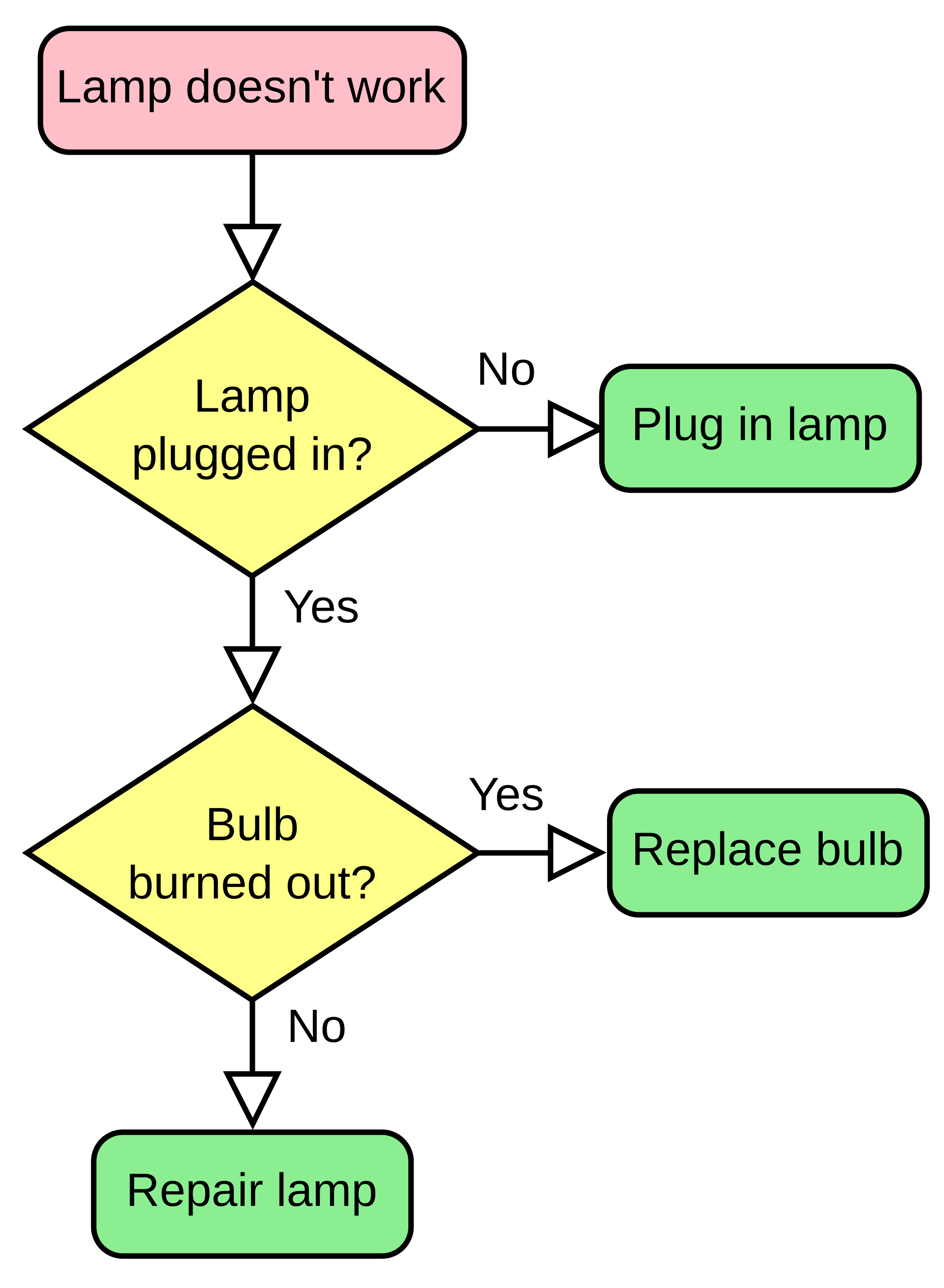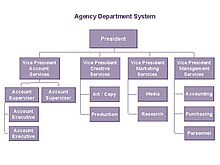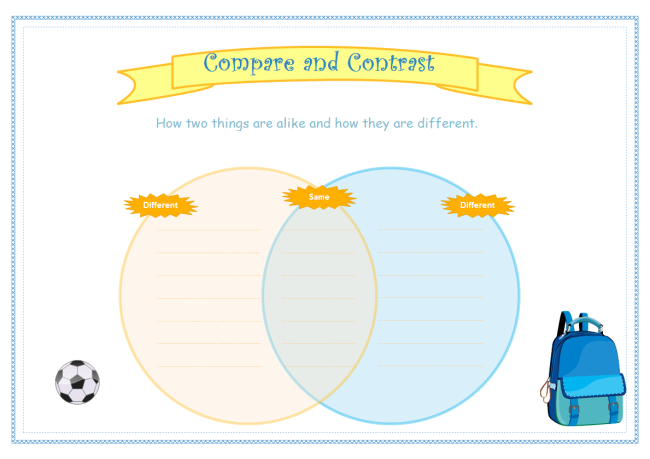MAXIMIZING THE USE OF OVERHEAD PROJECTOR AND THE CHALKBOARD
Except in extremely deprived classrooms, every classroom has a chalkboard. In fact, a school may have no computer, radio, tv, etc. but it will always have a chalkboard. so why not make optimum use of what we have, the chalkboard? The following practices of dedicated professional teachers may help us in the effective use of the chalkboard:
Write clearly and legibly on the board. Take note that there are children in the last rows.
It helps if you have a hard copy of your chalkboard diagram or out line. That helps you to visualize the diagram or outline you like to appear on the chalkboard. That clean diagram and organized outline must match what you do on the chalkboard.
Don't crowd your notes on the board. By overcrowding your board work, your students may fail to see the key ideas. They may not see the trees because of the forest. 3
Make use of colored chalk to highly the key points. Color will also make your board more appealing. I witnessed one good teacher who had no other visual aid except herself, the chalkboard and her colored chalks.
Do not turn your back to your class while you write on the chalkboard. Write side view as you talk. Don't lose your eye contact with your class.
For the sake of order and clarity, start to write from the left side of the board going right.
If you teach the grades and you think the lines on the chalkboard are needed for writing exercise, then provide the lines for your board.
Look at your board work from all corners of the room to test if pupils from all sides of the room can read your board work.
If there is glare on the chalkboard at certain times of the day, a curtain on the window may solve the problem.
If you need to replace your chalkboard or if you are having a new classroom with new chalkboard suggest to the carpenter to mount the chalkboard a little concave from left to right to avoid glare for the pupil's benefit.
If you need to have a board work in advance or that need to be saved for tomorrow's use (say a quiz or a sophisticated diagram), write “ place save” and cover the same with a curtain.
Make full use of the chalkboard. It may be a traditional educational technology but it serves its purpose very well when used correctly.
Here are some more chalkboard techniques, from James W. Bown (1969).
Chalkboard
A. Sharpen your chalk to get good line quality.
B. Stand with your elbow high. Move along as you write.
C. Use dots as “aiming points.” this keeps writing level.
D. Make all writing or printing between 2 and 4 inches high for legibility.
E. When using colored chalk, use soft chalk so that it can be erased easily.
The over head projector (OHP)
There are other kinds of projectors like opaque projector and slide projector. The overhead projector seems more available in schools. It has a lot of advantages. Brown (1969) cites the following:
· The projector itself is simple to operate..
· The overhead projector is used in the front of the room by the instructor, who has complete control of the sequence, timing and manipulation of his material.
· Facing his class and observing student reactions, the instructor can guide his audience, control its attention, and regulate the flow of information in the presentation.
· The projected image behind the instructor can be as large as necessary for all in the audience to see; it is clear and bright, even in fairly well-lighted rooms.
· Since the transparency, as it is placed on the projector, is seen by the instructor exactly as students see it on the screen, he may point, write, or otherwise make indications upon it to facilitate communication.
· The stage (projection surface) of the projector is large (10 by 10 inches), thus allowing the teacher to write information with ease or to show prepared transparencies. His/her work appears immediately on the screen.
· It is especially easy fro teachers and students to create their own materials for use in the overhead projector.
· There is an increasing number of high-quality commercial transparencies.
Let's learn how to use it properly so we also maximize its use in the classroom. Brown (1969) gives us several techniques:
Overhead Projection Techniques
Among the outstanding attributes of overhead projection are the many techniques that can be used to present information and control the sequence of a presentation. As you plan your own transparencies, keep in mind these figures of overhead projection:
· You can show pictures and diagram, using a pointer on the transparency to direct attention to a detail. The silhouette of you pointer will show in motion on the screen.
· You can use felt pen or wax-based pencil to add details or to make points on the transparency during projection. The marks of water-based pens and pencil can be removed with a soft cloth so that the transparency can be reused.
· You can control the rate of presenting information by covering a transparency with a sheet of paper or cardboard (opaque material) and then exposing data as you are ready to discuss each point. This is known as the progressive disclosure technique.
· You can superimpose additional transparency sheets as overlays on a base transparency so as to separate processes and complex ideas into elements and present them in step-by-step order.
· You can show three-dimensional objects from the stage of the projector-- in silhouette if the object is opaque, or in color if an object is made of transparent color plastic.
· You can move overlays back and forth cross the base in order to rearrange elements of diagrams or problems.
· For special purposes you can stimulate motion on parts of a transparency by using the effects of polarized light. To do this, set a plaroid glass spinner over the projector lens and attach a special plastic element of parts of the transparency for which motion is desired.
· You can simultaneously project on an adjacent screen other visual materials, usually slides or motion pictures, which illustrate or apply the generalizations shown on a transparency.
Other reminds on the effective use of the OHP are:
· Stand off to one side of the OHP while you face the students.
· Don't talk to the screen. Face the students when you talk, no the screen.
· Place the OHP to your right, if you are right handed, and to your left, if you are left handed.
· Place the OHP on a table low enough so that it does not block you or the screen.
· Have the top of the screen titled forward towards the OHP to prevent the “keystobe effect” (where the top of the screen is larger than the bottom).
· Avoid the mistake of including too much detail on each image. A simple layout makes an effective slide. If an audience needs to be give details, provide handouts to be studied later.
· Avoid large tables of figures. Come up with graphic presentation.
· Don't read the text on your slide. Your audience can read.
· Avoid too much text. Rely sparingly on printed text. Come up with more graphs, charts,diagrams or pictures.
· Your presentation must be readable from afar. Simple use of color can add effective emphasis..
We can learn from the experiences from other, Brown (1969) enumerates effective practices. Let's learn from them.
· In primary grades, simple objects like keys, leaves, and cutout paper shapes can be placed directly on the projector to stimulate children's imagination and encourage discussion.
· In English composition lessons, student themes or writing exercises can be reproduced on film by means of the heat or photocopy process. The teacher and students can analyze the writing for style and grammar as each example is projected.
· In arithmetic, blank sheets of acetate and grease pencils can be given to selected students. Have them prepare solutions to homework problems so the class may evaluate and discuss their results.
· In geometry and trigonometry, two- and three-dimensional diagrams can be built up gradually with carefully prepared transparencies involving color and separate overlays. Geometric theorems and complicated problems can be separated into single components and presented systematically. In other mathematical and technical subjects, plastics objects like some rulers and composes can be shown to a group and discussed.
· In physical educational and team training, plays and game procedures may be analyzes through the use of plastic or opaque moving symbols on a transparency which shows the court or field design.
· In homeroom activities, the secretary can use a cellophane role (accompanying most projectors) or blank acetate sheets in write nominations, lists, motion for consideration, and important discussion points for all to see and react to.
· In primary reading class, a picture-transfer transparency can be made from a magazine picture. Project this transparency and task t6he class to identify major items shown. Then place a clear piece of acetate over the picture and, with a felt pen, write the name of each item identified. Later remove the picture and discuss the words that remain on the screen.
· In art classes, a teacher can sketch on clear plastic with a felt pen. The entire class sees the results. Similarly, transparent watercolors, colored plastic shapes, finger paint, inks, or grease pencil may be used.
· In science, iron filings dusted on a clear plastic sheet over a permanent magnet can be projected clearly to illustrate lines of force. Leaves, with chlorophyll removed, can be projected to show veins and the general leaf pattern. Clear glass petri dish can be placed on the projection platform and used to show chemical reactions when changing colors reveal interactions of translucent fluids.
· In social studies, all types of maps can be enlarged after accurate but easy preparation. Overlays show key facts about particular regions.
In many classes, testing and evaluation materials can be used with a large group. Test items written on slides can be projected for the entire class. the “progressive disclosure” technique mentioned previously can be achieve by (1) placing a sheet of paper over the transparency and moving it down to expose succeeding lines of type, (2) attaching strips of opaque paper to the slides of the mask in order to cover potions of the transparency image, and the flipping the strips back to expose image, (3) placing over the transparency an opaque sheet containing a cutout slit which exposes lines or copy are in sequential order as it is moved down or across the copy.
The overlaying technique to do progressive disclosure is illustrated below.
· Prepare a master drawing for each separate part.
· ·After making a sketch of the content of the transparency, decide which parts will be the base and which will be used for each overlay.
· In two corners on each master, make register marks that match marks previously put on the sketch. This will ensure proper registration of each overlay.
· Prepare the transparency from each master. ·Mount each transparent sheet: base under the frame, and overlays on the top sides. Use the register marks for proper alignment.


















